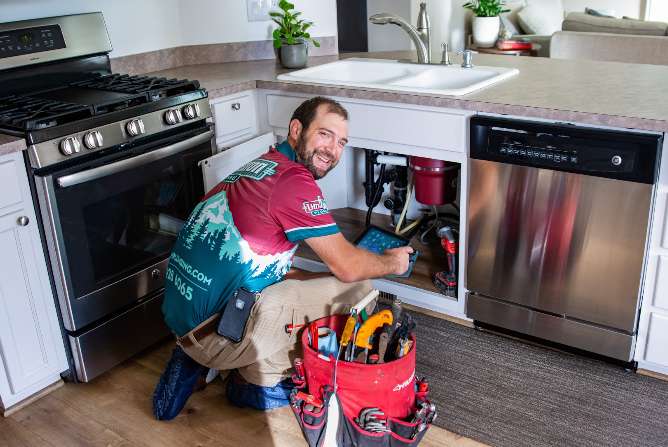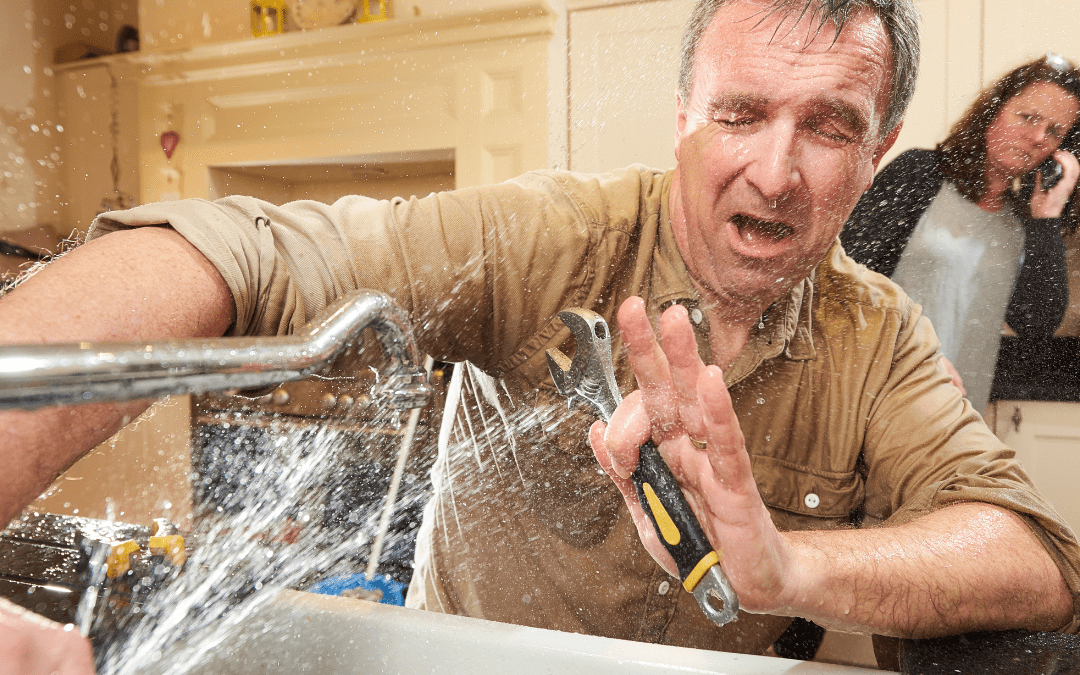Just how do you really feel about DIY vs. Professional Plumbing Repairs: When to Call a Pro?

Intro
Pipes concerns can range from small troubles to major headaches, frequently motivating property owners to determine between dealing with the issue themselves or calling in a professional plumbing professional. Knowing when to DIY and when to seek professional assistance can save time, money, and stop prospective calamities. This write-up explores the factors to consider when making this crucial choice.
Advantages of DIY Pipes
Tackling pipes tasks yourself can be rewarding in numerous methods, especially for simpler projects.
Intricacy of Tasks
Some plumbing issues require customized understanding and devices past regular house owner capabilities. Messing up complicated issues can cause further damage and costly repair services.
Security Concerns
Collaborating with pipes systems involves dangers such as direct exposure to water damage, possibility for electrical dangers, and taking care of tools improperly. Safety and security precautions should be observed to avoid accidents and ensure effective repair services.
Indicators to Call a Professional Plumber
Acknowledging when a pipes problem goes beyond DIY capabilities is vital to stop aggravating issues.
Indicators of Facility Problems
Examples include:
Motivate expert intervention is required to address these concerns efficiently and minimize damages.
Do It Yourself Plumbing Tips
For effective DIY plumbing, it's essential to be prepared with the right tools and comply with correct procedures.
Standard Tools and Materials
Key tools for DIY pipes:
Step-by-Step Guides
Clear directions make certain secure and effective DIY repair work:
Picking the Right Time to Do It Yourself
Figuring out when to take on plumbing tasks on your own calls for analyzing both the intricacy of the issue and personal convenience levels.
Assessment List
Take into consideration:
Expense Financial savings
DIY pipes projects usually conserve money by preventing specialist service fees. Jobs like dealing with minor leaks, changing faucets, or setting up brand-new showerheads are instances where property owners can manage fixings without working with a plumbing technician.
Ability Improvement
Taking part in DIY plumbing provides a chance to discover and boost sensible skills. Basic tasks encourage homeowners to comprehend their plumbing systems better and gain self-confidence in taking care of tiny fixings separately.
Dangers of DIY Pipes
While DIY tasks supply advantages, certain threats ought to be very carefully taken into consideration prior to attempting fixings.
When to Absolutely Call a Specialist
Certain scenarios require prompt professional focus to avoid extensive damages or safety dangers.
Emergency Circumstances
Instances include:
Searching for and Hiring a Professional Plumbing Technician
Picking a certified plumbing professional ensures reputable service and assurance in settling pipes concerns.
Requirements for Choice
Factors to consider:
Expense Evaluation: DIY vs. Professional Providers
Contrasting the monetary effects of do it yourself initiatives versus professional plumbing services assists in making notified decisions.
Financial Considerations
Examine:
Final thought
Deciding whether to do it yourself or call a specialist plumbing technician depends upon recognizing the intricacy of pipes concerns and individual abilities. By weighing the advantages and threats, house owners can make enlightened selections that promote effective maintenance and protect their homes from plumbing calamities.
DIY vs. Professional Plumbing Repairs: When to Call a Pro
When dealing with plumbing issues or embarking on renovation projects, homeowners have to decide whether or not they want professional help with their home’s plumbing system. While master plumbers can complete just about any plumbing project, they can cost a pretty penny. On the other hand, DIY plumbing projects can very quickly go awry, which can make things worse.
In this blog, we’ll explore common plumbing projects that homeowners can confidently tackle, provide insights into the essential tools needed, and discuss critical DIY mistakes to avoid. Understanding these distinctions not only helps in maintaining the efficiency and longevity of your home’s plumbing system but also ensures safety and cost-effectiveness in your repair endeavors.
Installing/Replacing Certain Plumbing Fixtures
Most homeowners should be able to install new plumbing fixtures or replace old ones that are damaged or old. Using basic tools, you should be able to effectively:
Replace faucet washers or cartridges Replace showerheads Install a new toilet seat Hook up new appliances Replace hose bibbs Unclogging Drains
You should also be able to fix any clogged drains within your home by using a plunger, plumber’s snake, or natural solutions like baking soda and vinegar. These can often clear clogged sinks or bathtubs without needing professional drain cleaning assistance.
Fixing Running Toilets
Another plumbing issue many homeowners may be able to handle is a running toilet. Toilets may run more than they should due to a faulty flapper or float inside the tank. Toilet replacement parts are easy to find and often come with easy-to-follow instructions.
Repairing Leaky Faucets
A dripping faucet can not only be an annoyance, but it can also be a waste of water. Leaky faucets can normally be fixed with basic tools and a basic understanding of how they work, making them easy to fix.
Adjusting Water Heater Temperature
If you are able to follow basic safety precautions, you should be able to adjust the temperature on your hot water heater, which can improve your home’s energy efficiency and also increase comfort.
Fixing Minor Leaks in Pipes
For small plumbing leaks, particularly ones at pipe joints, using plumbing tape or a patch kit can be a temporary fix while you decide on a more permanent solution. Repairing broken pipes, however, can be more difficult and may require professional attention.

I have been very excited about When to DIY and When to Call in the Plumbing Pros and I'm hoping you liked our post. Kindly set aside a second to distribute this post if you enjoyed reading it. Thank you for being here. Return soon.
Course Detail